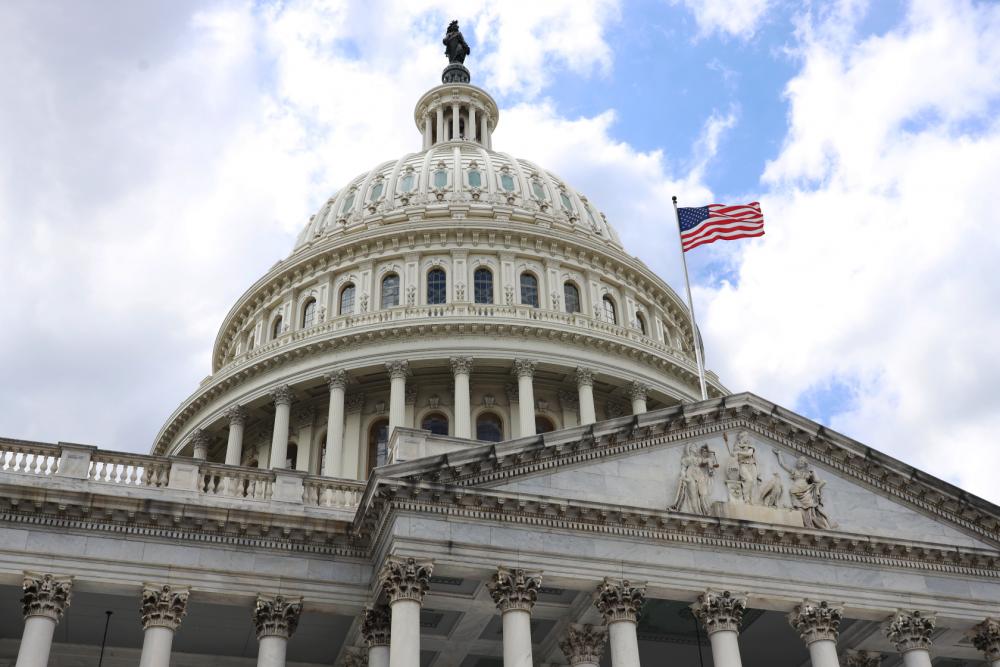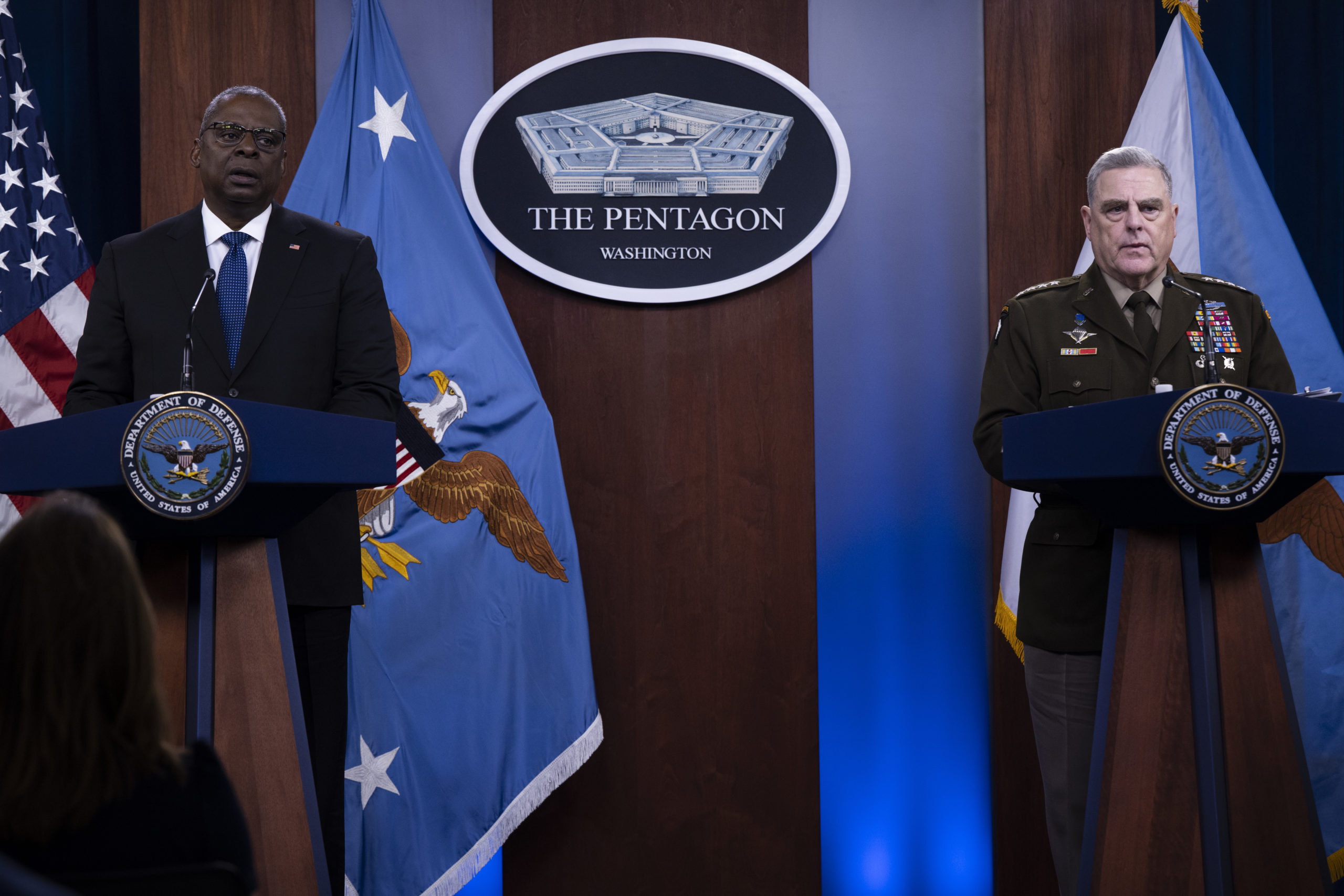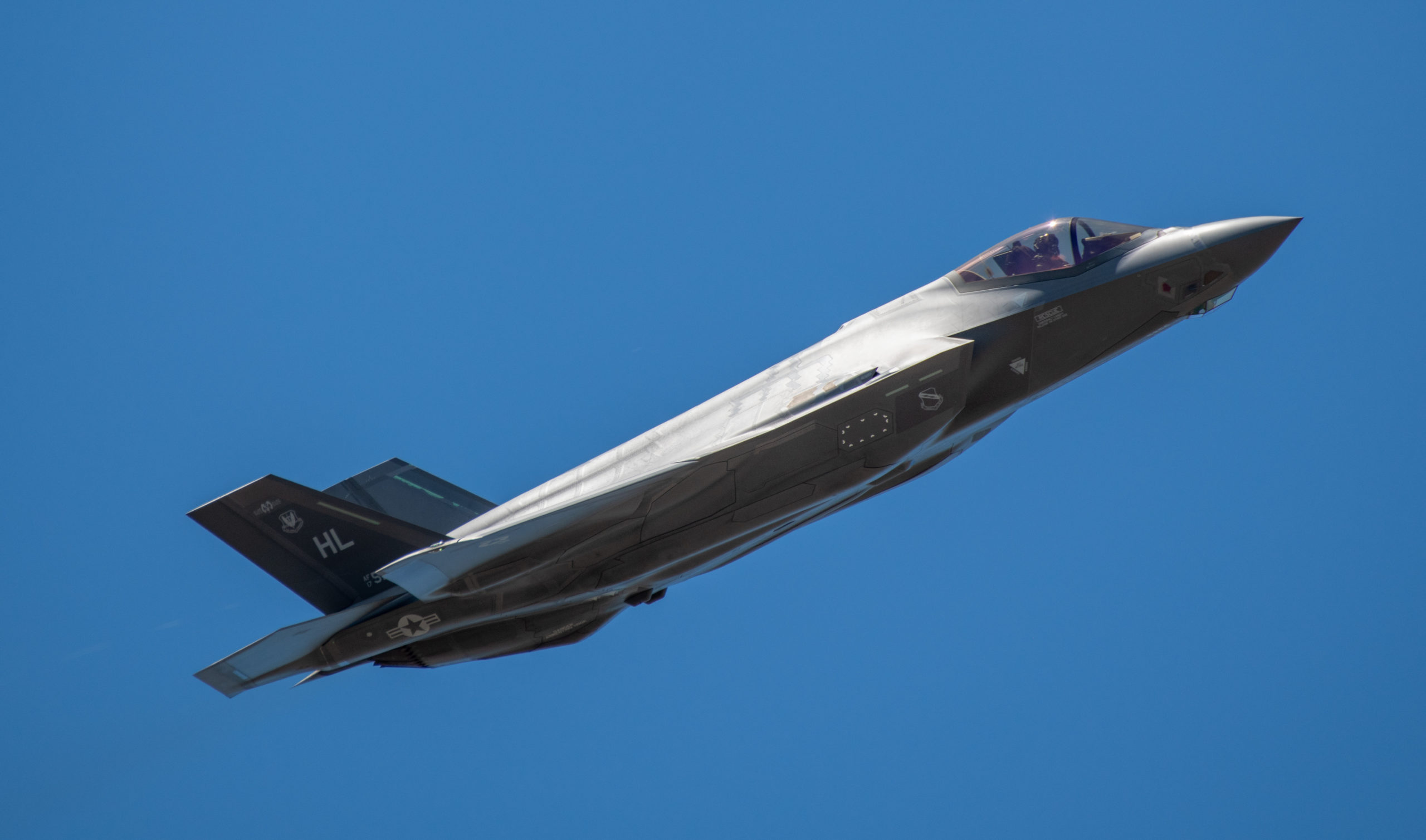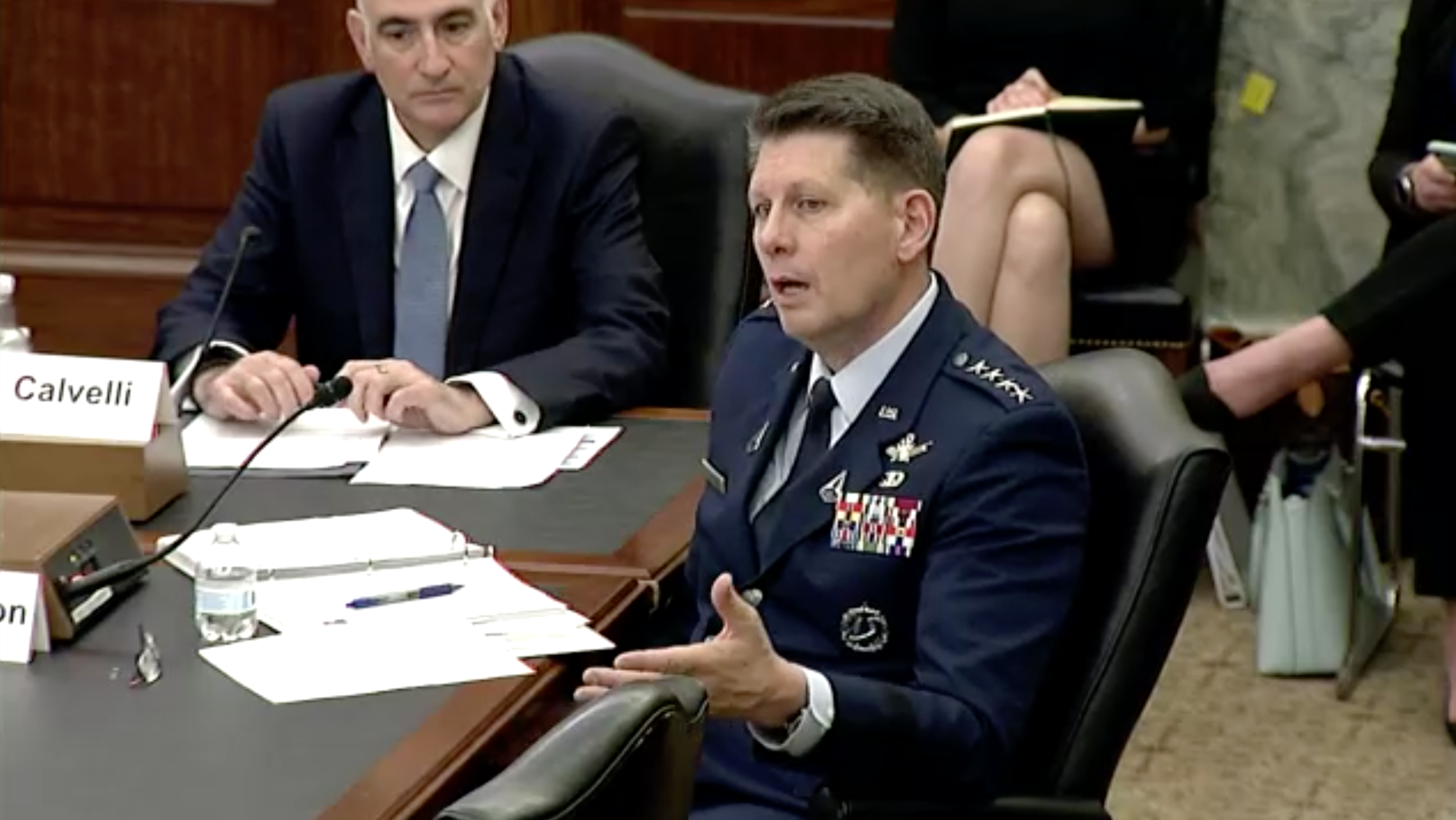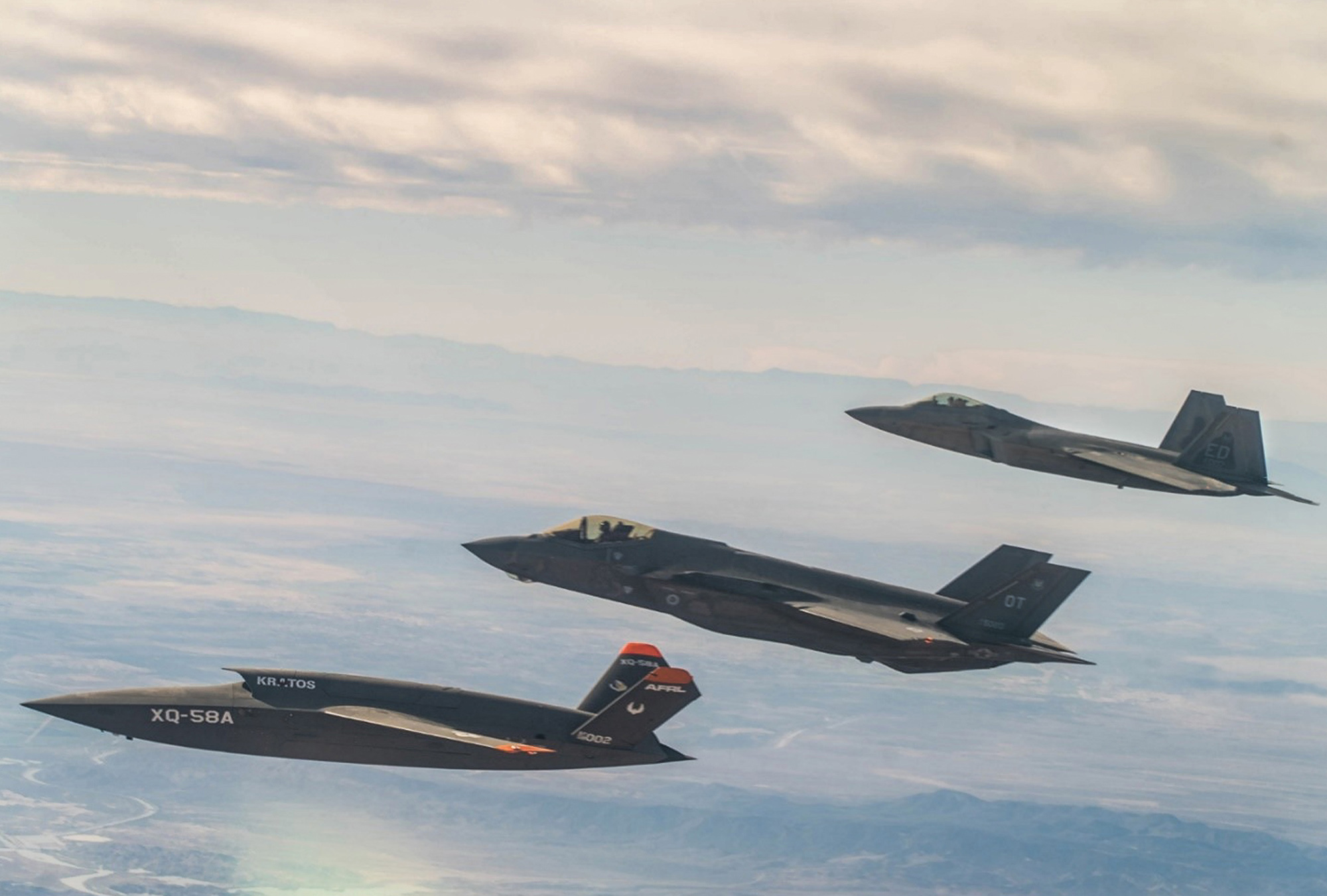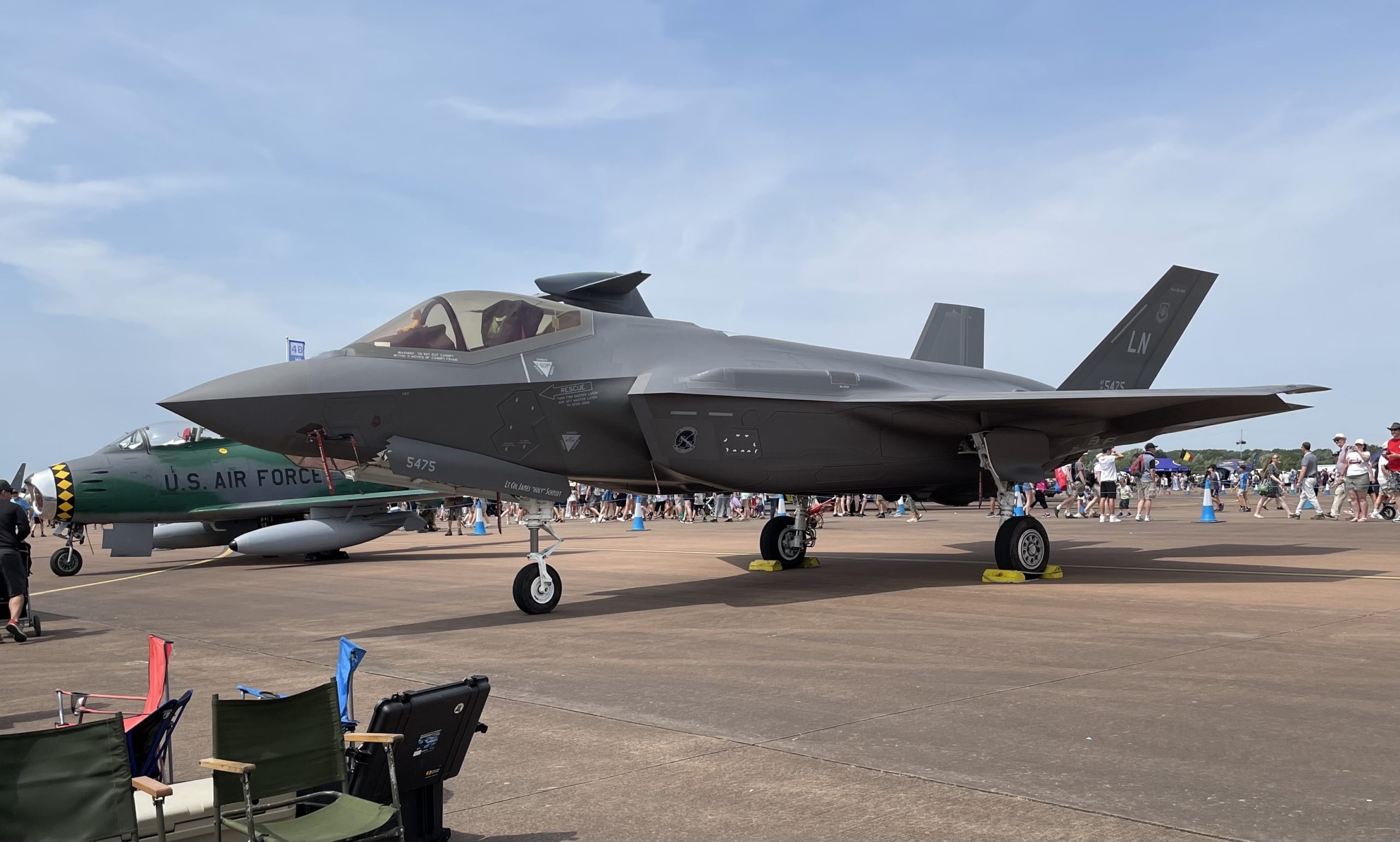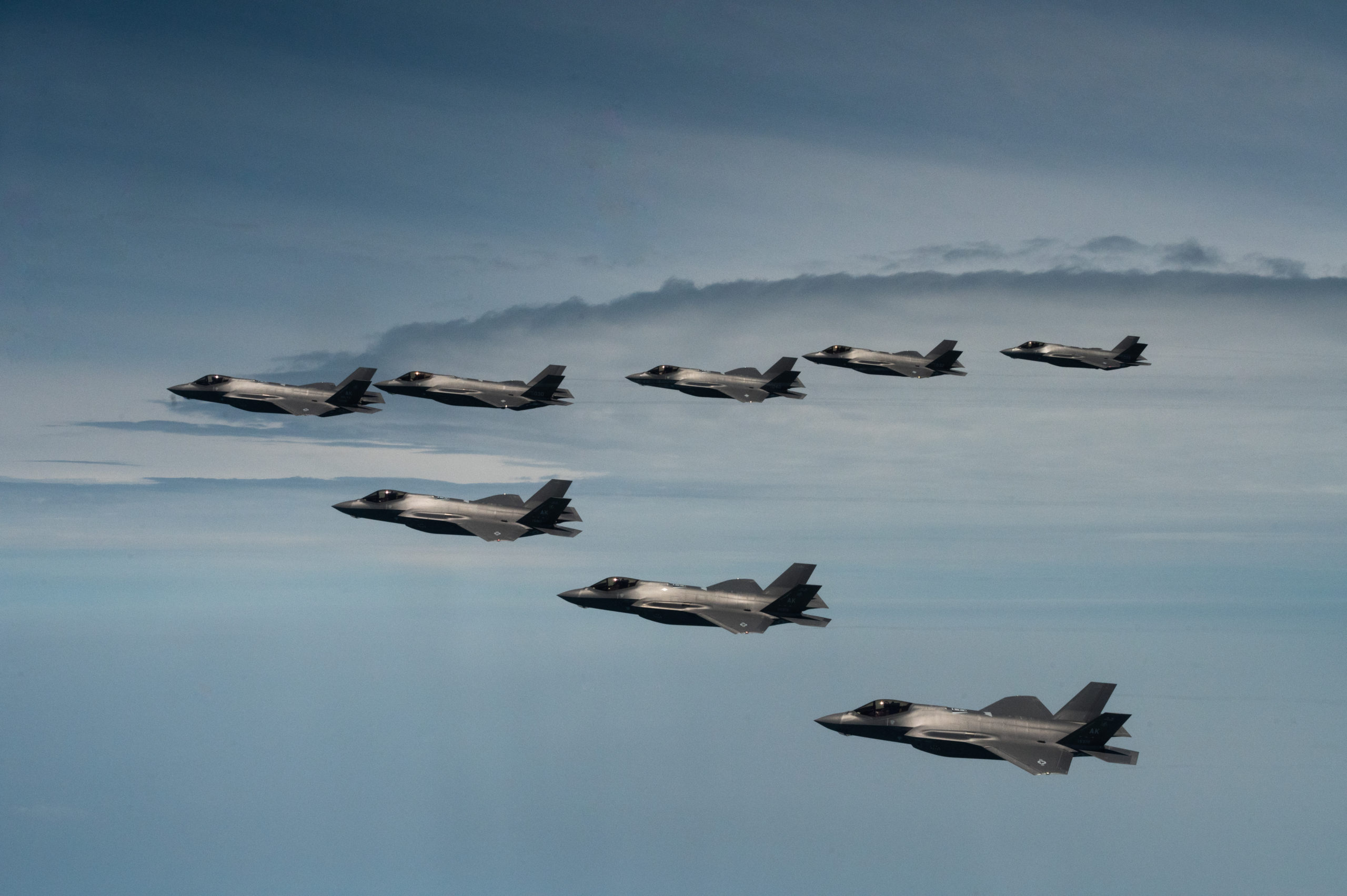The Senate Armed Services Committee asks the Space Force to develop a “comprehensive strategy” and formalize a plan to achieve its priorities in the SASC’s version of the 2023 National Defense Authorization bill, which the committee released publicly July 18.
The committee also wants reports from the Space Force on officer personnel management and its plans to create the hybrid “Space Component,” which would include both full-time and part-time Guardians in a single organization, rather than setting up a separate Space Force reserve.
The SASC’s desire for an overarching space strategy follows a request in the fiscal 2022 NDAA for a broad review of space policy across the Department of Defense. That review is supposed to cover “the threat to the space operations of the United States” and an assessment of its policies “with respect to deterring, responding to, and countering” those threats. The new strategy review, if included in the final NDAA, would require the Secretary of the Air Force and the Chief of Space Operations to “jointly develop strategic objectives required to organize, train, and equip the Space Force” in order to:
- Achieve U.S. “space superiority,” defined as “the degree of control in space of one force over any others that permits the conduct of its operations at a given time.”
- Provide dependable space-based global communications; command and control; and intelligence, surveillance, and reconnaissance for combatant commands.
- Ensure “the retention, development, and deployment of Space Force capabilities to meet the full range” of the combatant commands’ space requirements.
The committee’s directions would further require the Space Force to detail its objectives and plans to achieve them in terms of its budget, ground-based infrastructure, space architecture, and systems acquisition. This requirement would include detailing those assets owned by other DOD organizations that the Space Force would need in order to achieve its objectives “efficiently and effectively,” and also the leadership requirements in terms of general officers and senior executive civilians needed to achieve those aims.
“The U.S. Space Force is the only entity equipped to develop and lead a comprehensive strategy for integrating space warfighting into U.S. defense strategy,” said AFA President Lt. Gen. Bruce Wright, USAF (Ret.). “The Air & Space Forces Association applauds the wisdom and leadership of the Senate Armed Services Committee in recognizing this fact.”
Wright said AFA had campaigned for such a report, seeing it as necessary to help the fledgling service establish the department-wide heft to achieve all the objectives of an independent armed service focused on the space domain. “Guardians of all ranks are the world’s most able space operators,” Wright said. “A strategy and architecture to ensure U.S. space superiority not only today but well into the future is an essential step in establishing the strategy, funding, and objectives of this newest and critically important branch of the armed services.”
The SASC’s NDAA would also require the Space Force to turn in reports on:
- Officer Personnel Management and the Development of the Professional Military Ethic in the Space Force to include professional military education, attributes expected for each grade, key assignments along defined career tracks, and how the proposal to reorganize the Space Force’s military personnel into the combined full- and part-time Space Component will affect officer development.
- Study of Proposed Space Force Reorganization examining the creation of the Space Component including the “feasibility and advisability” of exempting the Space Component from the conventional “up or out” officer advancement model and whether similar desired outcomes of career flexibility might be achieved via a more conventional component structure.
The House of Representatives passed its version of the 2023 NDAA on July 14.
